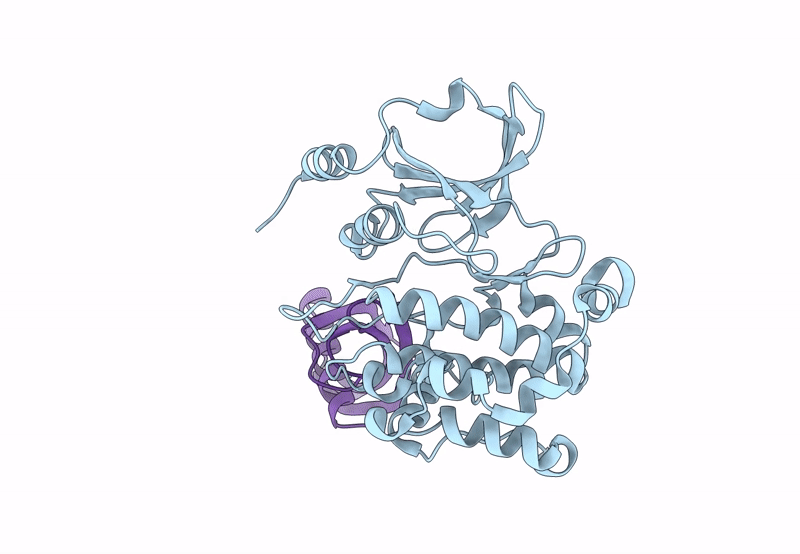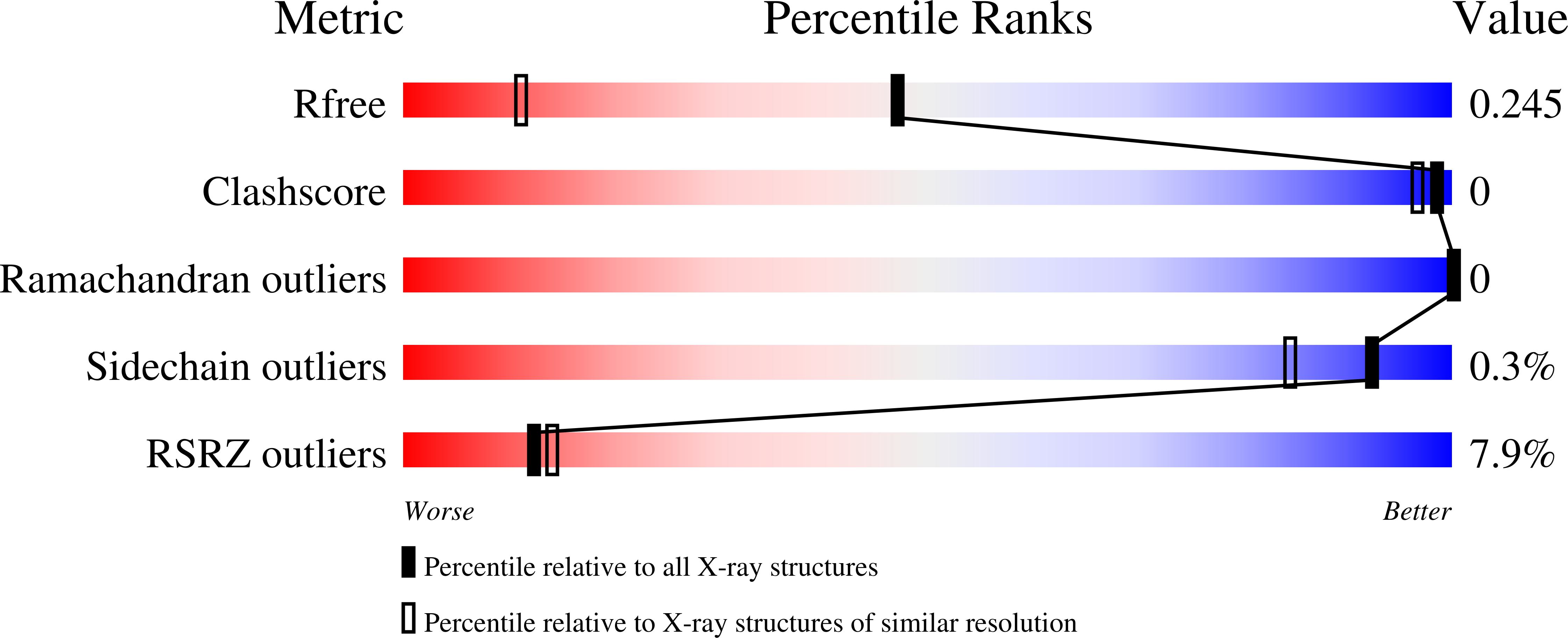
Deposition Date
2022-12-19
Release Date
2023-10-25
Last Version Date
2024-10-16
Entry Detail
PDB ID:
8C12
Keywords:
Title:
Identification of an intermediate activation state of PAK5 reveals a novel mechanism of kinase inhibition.
Biological Source:
Source Organism:
Homo sapiens (Taxon ID: 9606)
synthetic construct (Taxon ID: 32630)
synthetic construct (Taxon ID: 32630)
Host Organism:
Method Details:
Experimental Method:
Resolution:
1.55 Å
R-Value Free:
0.23
R-Value Work:
0.19
Space Group:
P 21 21 21


